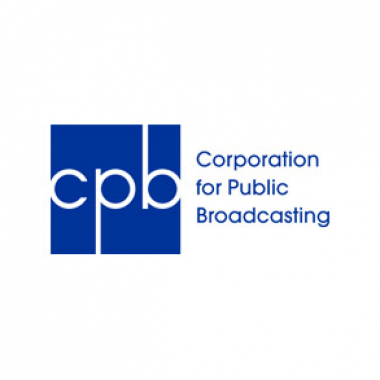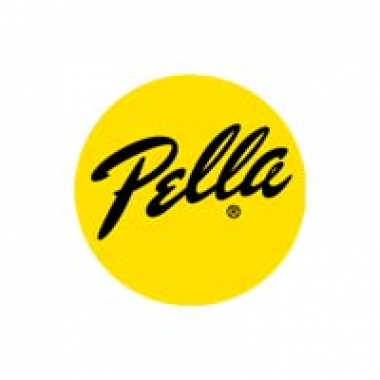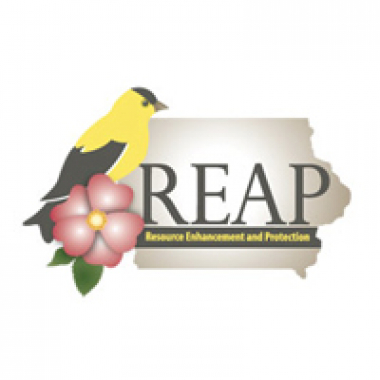The Mutually Beneficial Relationship Between Humans and Purple Martin Colonies
Purple martins, North America's largest swallows, increasingly rely on human-provided housing for nesting, demonstrating a unique interdependency. This relationship is mutually beneficial as humans design and maintain safe habitats, and in return, the martins provide natural insect control. It demonstrates human-designed structures and the scientific principles behind their effectiveness in maintaining purple martin populations and essential ecosystem services.
In the video you can see the purple martins flying in and out of the nests. In the images shown here, the Purple Martin birdhouses are white gourd-shaped compartments. This allows for the Purple Martins to nest, lay eggs and raise hatchlings.
Iowa Core Standard
Driving Question
- What makes an ideal purple martin habitat, and how can human-designed solutions effectively support these birds while benefiting our local ecosystem?
Probing Questions
- What are the natural nesting challenges purple martins face, and how have human activities impacted their natural habitats?
- What are the advantages and disadvantages of different purple martin housing designs in terms of bird safety, attraction, and ease of maintenance?
- How do purple martins contribute to the local ecosystem (e.g., insect control), and what is the value of this "ecosystem service" to humans?
Classroom Suggestions
Students could:
- Explore the mutually beneficial relationship where purple martins provide insect control (an ecosystem service) and humans provide habitats, discussing how human actions both positively and negatively impact purple martin populations and biodiversity.
- Design a simple plan to monitor a purple martin colony's success, outlining methods for observing bird behavior, counting active nests, or tracking fledgling rates without disturbance, to evaluate the effectiveness of human-provided solutions.
- Research the specific habitat, dietary, and social needs of purple martins, comparing them to both natural and human-provided environments to understand their historical reliance on human housing.
Resources
- Purple Martin Conservation Association (PMCA): The official website of the PMCA, a leading authority on purple martins. Navigate their site for sections on "History" or "Martins and Humans" which detail the species' unique reliance on human-provided housing and the mutually beneficial relationship
- Wisconsin Life | Purple Martin People Wisconsin PBS: Wisconsin PBS video on housing and protecting purple martins, and how citizen scientists are helping protect and help the species.
Contributors
Contributed by Dylan Shaffer as part of the Iowa STEM Teacher Externship program.
Funding for Iowa Science Phenomena Provided By









